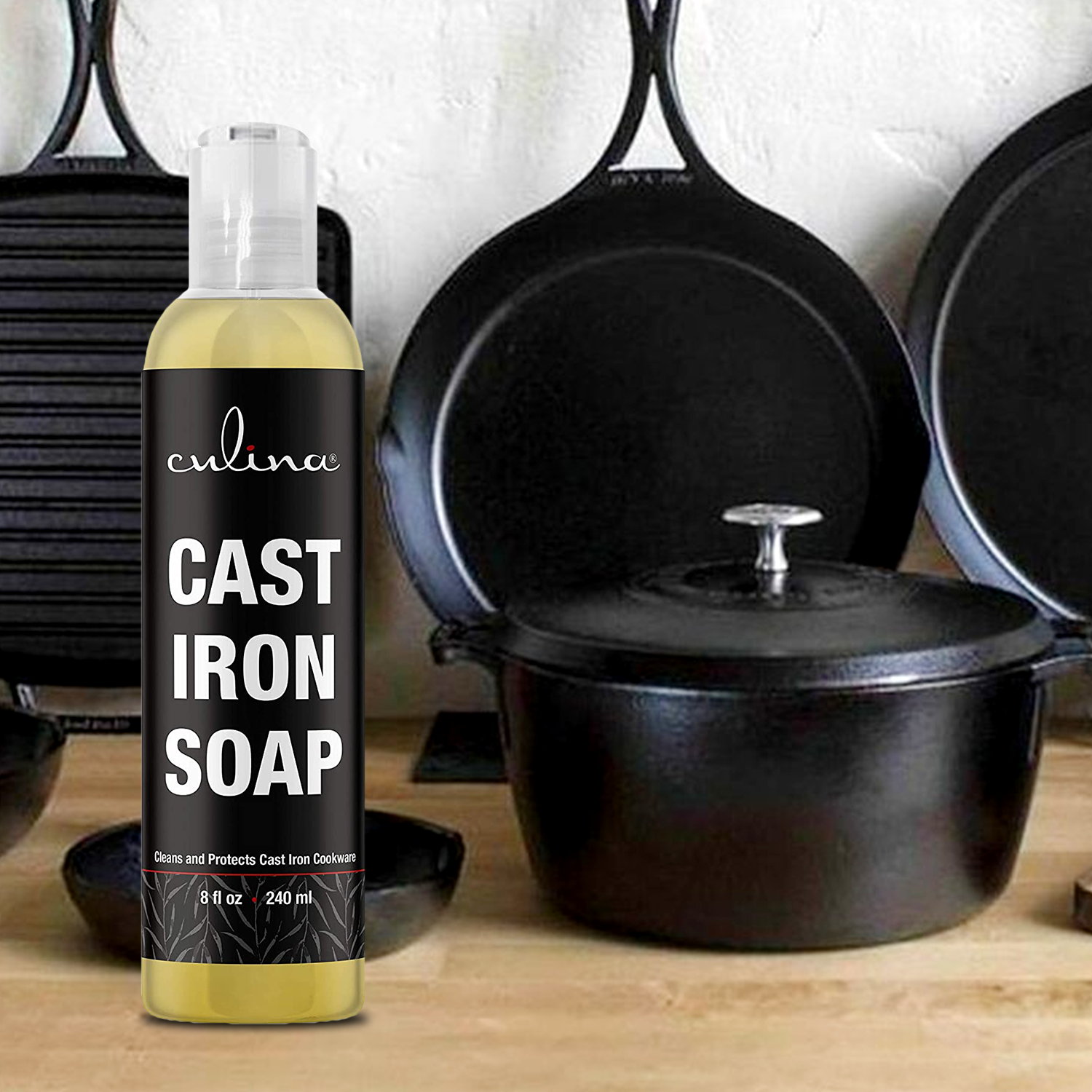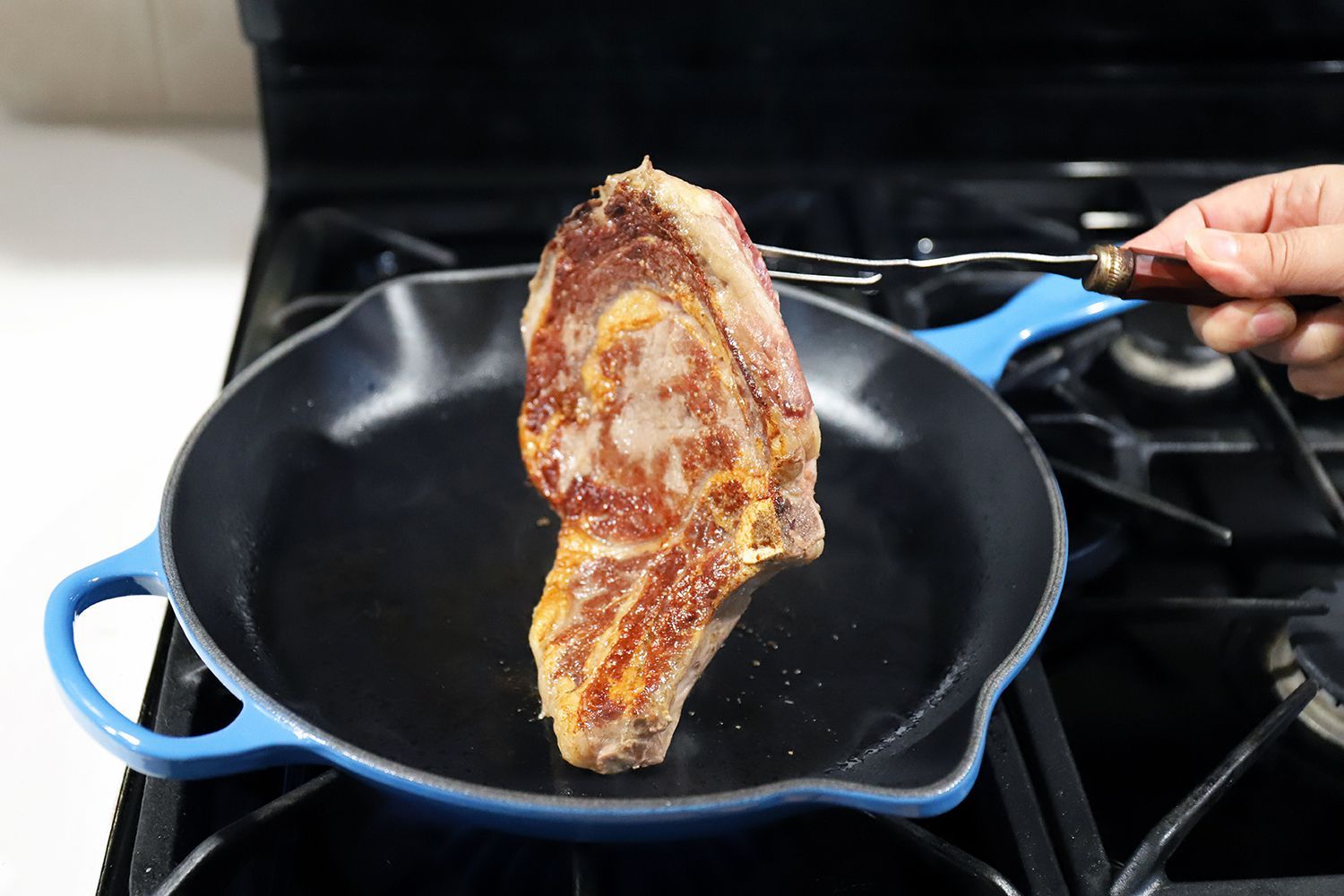For kitchen enthusiasts and professionals alike, owning a cast iron skillet can be a game-changer. Not only is it versatile, but it also adds a unique flavor to your dishes. However, seasoning a cast iron skillet traditionally involves the use of an oven, which can be limiting for some. Don’t worry; there are other effective methods available. In this detailed guide, we will discuss how to season a cast iron skillet without an oven, ensuring you can maintain your skillet’s non-stick surface and longevity.

Why Season a Cast Iron Skillet?
Before diving into the step-by-step methods, it’s essential to understand why seasoning your cast iron skillet is crucial. Seasoning involves applying a layer of oil or fat to the skillet and heating it. This process creates a natural, non-stick coating that not only makes cooking easier but also protects the skillet from rust and corrosion.

Materials You Will Need
When seasoning your cast iron skillet without an oven, you’ll need the following materials:
- Cast iron skillet
- High smoke point oil (e.g., flaxseed oil, grapeseed oil)
- Heat source (stove, grill, or open flame)
- Paper towels or a clean cloth
- Tongs or heat-resistant gloves

Step-by-Step Guide to Seasoning on a Stove
Step 1: Clean the Skillet
The first step is to thoroughly clean your cast iron skillet. Remove any food residues or rust using warm water and a brush. Clean Greasy Cast Iron.
Step 2: Dry the Skillet
After cleaning, ensure that the skillet is completely dry. Any remaining moisture can be problematic during the seasoning process.
Step 3: Apply Oil
Use a paper towel or clean cloth to apply a thin layer of high smoke point oil to the entire surface of the skillet, including the handle and bottom.
Step 4: Heat the Skillet
Place the oiled skillet on the stove over medium-high heat. Allow it to heat until the oil starts to smoke. This usually takes around 10-15 minutes.
Step 5: Cool Down
Once the oil has reached its smoke point, carefully remove the skillet from the heat source using tongs or heat-resistant gloves. Let it cool down naturally.
Step 6: Repeat the Process
For optimal results, repeat the oiling and heating process 2-3 times. This will build a robust non-stick coating on your cast iron skillet.
Using a Grill for Seasoning
If you have access to a grill, this method can be equally effective. Follow the steps outlined below:
Step 1: Preheat the Grill
Preheat your grill to medium-high heat.
Step 2: Prepare the Skillet
Similar to the stove method, clean and oil your skillet thoroughly.
Step 3: Place on the Grill
Place the oiled skillet on the grill grates. Close the lid and let it heat until the oil starts to smoke.
Step 4: Cool Down
Remove the skillet from the grill and let it cool down naturally.
Open Flame Seasoning Technique
If you enjoy outdoor cooking, seasoning your cast iron skillet over an open flame can be a fun and effective method. Here’s how:
Step 1: Build a Fire
Start by building a controlled campfire or using an outdoor fire pit.
Step 2: Clean and Oil
Clean and apply a thin layer of oil to your skillet as previously described.
Step 3: Place Over the Flame
Using tongs, place the skillet over the open flame, ensuring it heats evenly.
Step 4: Smoke Point
Once you see the oil starting to smoke, remove the skillet from the flame and let it cool.
Additional Tips and Tricks
To make the most of your seasoning process, consider the following tips:
- Consistency: Regular seasoning will maintain the skillet’s non-stick surface.
- Avoid Soap: Use minimal soap or none at all when cleaning your cast iron skillet. Tilt Skillet.
- Use Your Skillet: The more you cook with your cast iron skillet, the better its seasoning will become over time.
- Proper Storage: Store your skillet in a dry place to prevent rust.
Common Mistakes to Avoid
While seasoning your cast iron skillet is relatively straightforward, there are some common mistakes to avoid:
- Using the Wrong Oil: Choose an oil with a high smoke point to avoid sticky residues.
- Skipping the Cooling Process: Allow the skillet to cool naturally between seasoning layers.
- Applying Too Much Oil: A thin layer of oil is sufficient; excess oil can result in a sticky surface.
Alternative Seasoning Methods
Apart from stove, grill, and open flame methods, you can explore other unconventional ways to season your cast iron skillet:
Using a Gas Stove
If you have a gas stove, you can use its burners to season your skillet. Follow the same steps as the stove method but use individual burners for even heating.
Using a Portable Camp Stove
For outdoor enthusiasts, a portable camp stove can work wonders for seasoning your cast iron skillet while on the go.
Maintaining Your Cast Iron Skillet
Once you’ve seasoned your skillet, maintenance becomes crucial to keep it in top condition:
- Regular Cleaning: Clean your skillet after each use using warm water and a brush. Avoid soaking it for extended periods.
- Reapply Oil: Lightly oil your skillet after each cleaning to maintain the non-stick coating.
- Store Properly: Store in a dry place and avoid stacking heavy objects on top of it to prevent damage.
Frequently Asked Questions
What is the best oil for seasoning a cast iron skillet?
High smoke point oils such as flaxseed oil, grapeseed oil, or vegetable oil are ideal for seasoning cast iron skillets.
Can you season a cast iron skillet on an electric stove?
Yes, you can season a cast iron skillet on an electric stove. Follow the same steps as the stove method for effective results. How to Repair.
How frequently should I season my cast iron skillet?
Season your cast iron skillet whenever the non-stick coating starts to lose its effectiveness, usually every few months or after extended use.
Conclusion
Seasoning a cast iron skillet without an oven is not only possible but also highly effective. Whether you use a stove, grill, or open flame, these methods ensure your skillet remains non-stick and in excellent condition. Regular maintenance and proper seasoning will help you enjoy the tremendous benefits of using a cast iron skillet in your kitchen for years to come.
For more detailed guidelines on cleaning and maintaining your cast iron skillet, visit the Taste of Home Guide.
As an Amazon Associate, I earn from qualifying purchases.
